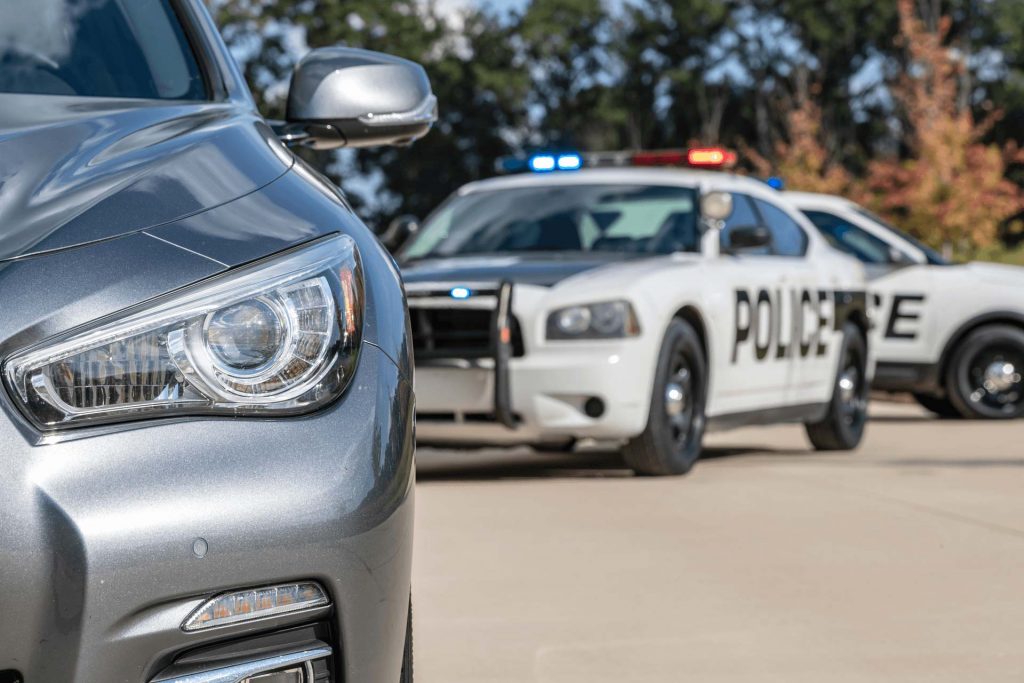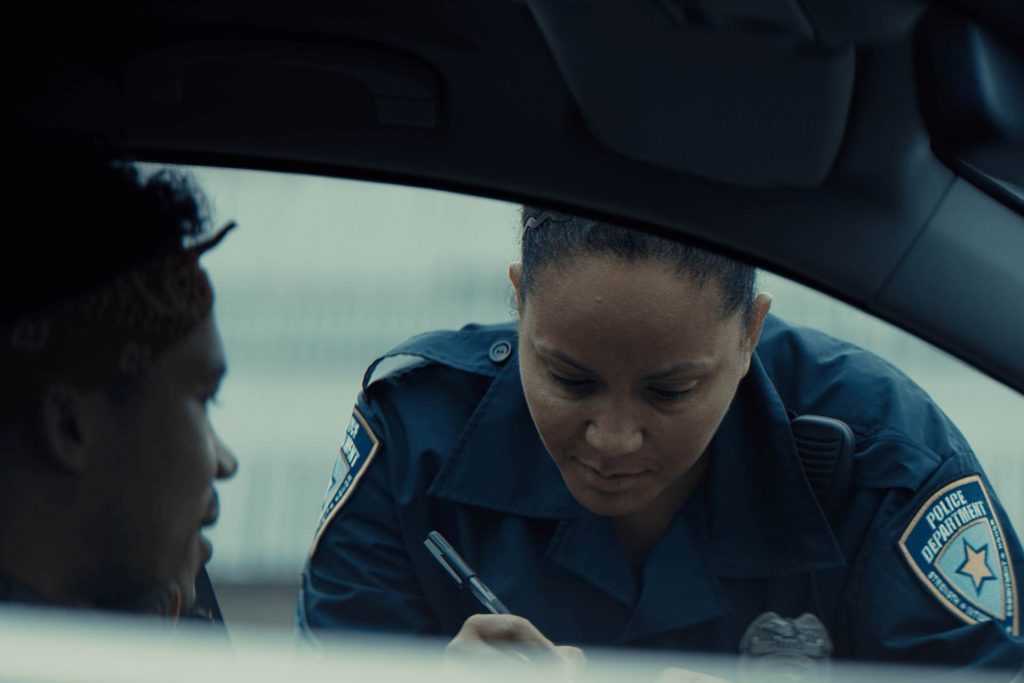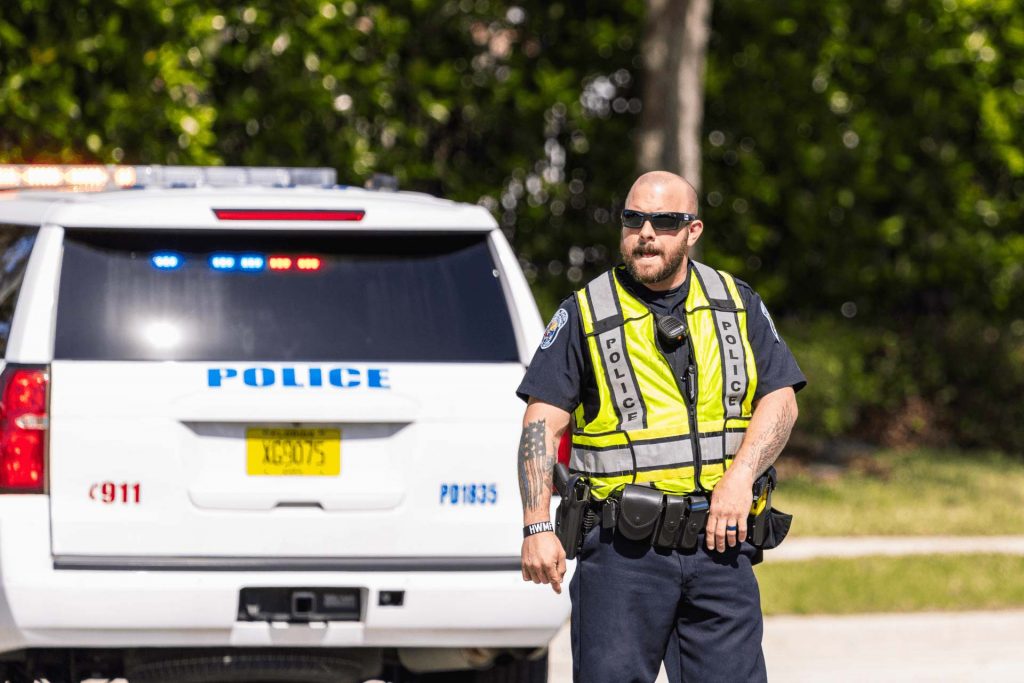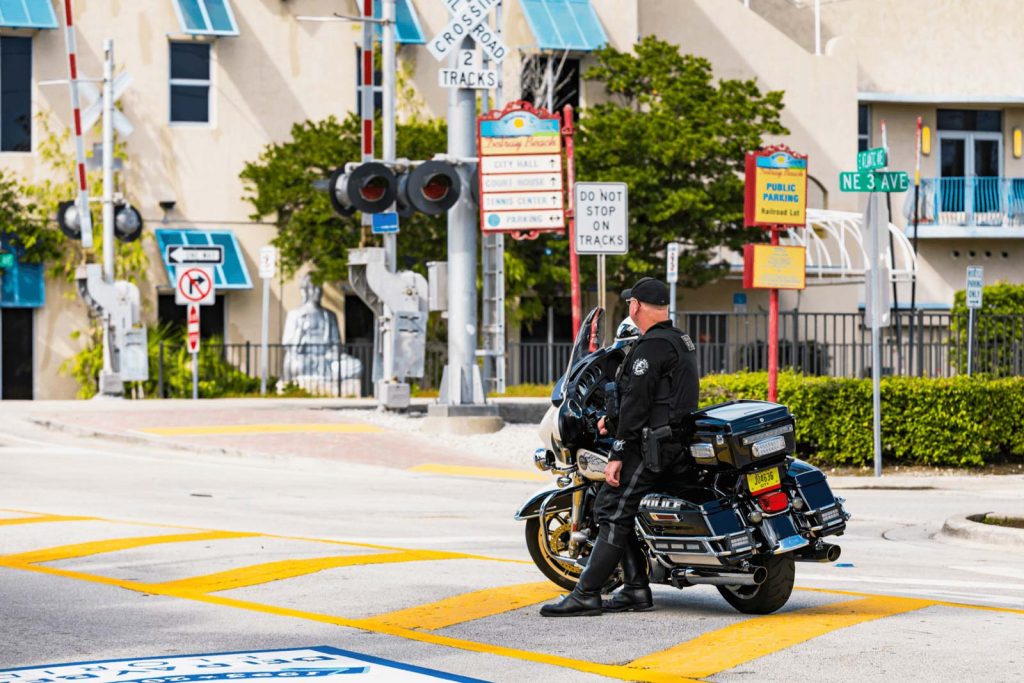Every year, police officers pull over around 50,000 motorists per day, more than 20 million drivers every year. It is likely that most of these encounters begin as routine traffic stops. This police work is essential for maintaining road safety and enforcing laws. Traffic stops are also one of the most hazardous activities in law enforcement. Officers face threats ranging from being struck by passing vehicles and physical altercations when encountering armed suspects.
To mitigate these risks, law enforcement professionals must adopt best practices that enhance their safety during traffic stops. Here are five key strategies that help protect officers in the field.

1. Control the Location: Choose a Safer Stopping Point
A routine stop can quickly become dangerous if the driver does not comply immediately or stops in an unsafe location. Drivers under the influence, or those attempting to flee, may make erratic decisions, such as stopping abruptly in traffic or refusing to pull over.
If a vehicle stops in an unsafe spot, such as an intersection or highway lane, using a P.A. system to direct the driver to a safer location can be an effective strategy. Select areas with sufficient lighting and a clear line of sight to minimize the risk of being ambushed or struck by passing traffic. The goal is to ensure the stop occurs on your terms, in a position that maximizes your safety.

2. Approach Strategically: Minimize Predictability
A common mistake during traffic stops is approaching every situation the same way. Criminals often anticipate a standard driver-side approach, increasing risk for the officer.
Instead, consider a passenger-side approach whenever possible. This tactic provides better visibility into the vehicle, allows you to count all occupants, and reduces exposure to passing traffic. Utilizing the side mirrors to monitor the driver’s hands before approaching is another crucial step. Remember, hands pose the greatest threat—always ensure they remain visible.

3. Maintain Situational Awareness: Stay Focused Throughout
Distractions can be deadly. Whether it’s writing a citation or communicating over the radio, losing focus – even for a few seconds – can put you in danger.
Once the initial approach is made, many officers tend to relax, assuming the threat level has decreased. However, the reality is that a suspect may be waiting for the right moment to act. Remain vigilant throughout the stop, constantly scanning for sudden movements, concealed weapons, or any behavioral cues that suggest a potential threat.

4. Second Approach: Always Reassess the Risk
If you need to re-approach the vehicle, assume that conditions have changed. You may have missed a concealed object during the first approach, or the suspect may have moved their hands out of sight.
Use your side mirror again before stepping forward, and ensure your positioning limits exposure to sudden attacks. Just because the driver seemed cooperative initially doesn’t mean they won’t become a threat later in the stop.

5. Safe Disengagement: Maintain Awareness Until Departure
The stop isn’t over until the vehicle is gone. After concluding the interaction, take one last visual scan of the vehicle and its occupants before allowing them to leave.
Make sure the driver and passengers acknowledge your presence and final instructions before they pull away. This reinforces your authority and ensures that the stop concludes safely without any last-minute surprises.
Kustom Signals is Your Partner in Promoting Safe Traffic Stops
Traffic stops will always carry inherent risks, but by applying these five best practices, officers can significantly improve their safety while carrying out this critical duty. Stay alert, control the stop, and always prioritize your safety.
Kustom Signals has additional ways to improve officer safety, including advanced body worn camera systems. Argus BWC records critical footage but also enhances officer safety by recognizing common phrases and automatically activating, even when an officer is compromised or under duress. Argus BWC has been trained with pre-recorded phrases through artificial intelligence and also offers the option of submitting custom phrases.
Contact us to learn more about our tech solutions that promote officer safety and support effective law enforcement.

